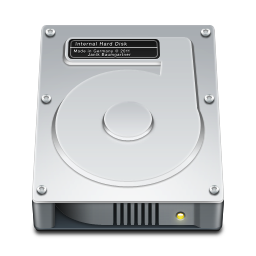Lost Data? Don’t Panic! We Can Help.
Portsmouth data recovery services and Portsmouth hard drive recovery from Data Recovery UK, the UK’s foremost data solutions provider for all your Portsmouth data loss problems.
No Fee diagnosis data solutions available for Portsmouth clients.
- Hard drive repair
- Memory stick repair
- Server repair
- Photo card recovery
- IPhone repair and recovery
- Restoring VM/Virtual machines
- Laptop recovery
Call now for immediate free advice on
0800 999 3282
and speak directly to a data recovery specialist.
Incorrect initial action can further damage your hard disk or drastically reduce the chances of a successful recovery. Don’t risk your valuable data and seek expert advice from a data recovery services provider at the first possible opportunity.

